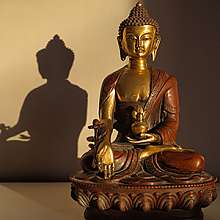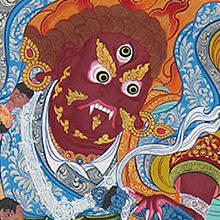The Practice of Community
In Shambhala, we have recently begun to describe membership as the “practice of community.” As Director of the Berkeley Shambhala Center, I’ve been giving this phrase a lot of thought. At first it sounds quite pleasant; as though, “yes, please, sign me up for that.” But then questions arise. What makes a group of people and an organization and a physical space become a “community?” And how do we practice with that? Finally, what is the fruition of that practice?
“Community” has become something of a buzz word. Everyone seems to want it, people know it is beneficial, but not many of us have been able to find it. Thinkers in a variety of disciplines have suggested that a lack of community in modern America contributes to many social problems, from depression to public health concerns, from ecological destruction to political apathy. Yet, sadly, many people continue to not know their neighbors or remain isolated within the narrow walls of media consumption.
The legend in my family is that every time my grandfather rode the subway, he made a new friend. I have difficulty imagining that happening nowadays with WiFi and headphones. People would prefer “not to be bothered.”
The thing about creating community is that it takes being bothered. It takes giving up the anesthesia of our twelve square inches of screen space. It takes time and sacrifice to build trust; it takes compromise and honesty to work through conflict. It’s extremely difficult, painstaking even. People have to make room for themselves, so a lot of elbows end up being thrown in the fray.
It’s a bit like meditation, actually. Generally people come and try meditation because they are looking for peace, some calm beyond thinking. Instead, what they often find at first is struggle, anxiety, and confusion. There’s no other way to genuine peaceful abiding, meditation masters tell us, than through the jungles of our habitual thoughts. It’s much the same with community: there’s no way to experience the joy of connection, belonging, or empowerment without undergoing the discomfort of opening up, facing conflict, and being vulnerable in a group.
As Center Director, I get to meet with members regularly. People have lots of ideas about where the Center could go, how it might improve. Sometimes, two people’s visions are completely contradictory. That’s the challenge and the magic of the “practice of community.”








